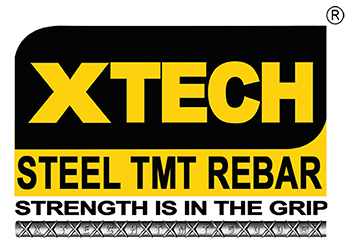A nail is a small object made of metal which can be used for several purposes. It can either be used a fastener, as a peg to hang something or sometimes as a decoration. Nails usually have sharp point on one end and a flattened head on the other, but headless nails are also available. There are several different types of nails used for specialized purposes. The different types of nails are wire nails, pins, tacks, brads, spikes, and cleats. Among them, the most commonly known nail is the wire nail. Nails are generally driven into the workpiece by a hammer or a pneumatic nail gun. A nail holds material together by friction in the axial direction and shear strength laterally. All the other nails including steel nails are primarily used in the construction skill to make various low-level furniture. The most common use of nails is to fasten pieces of wood together, and they can also be used with plastic, drywall, masonry and, concrete. Nails can be made up of steel, iron, copper, stainless steel, aluminum or bronze.


There are several various types of nails like the round wire nail or the common steel nail, brads, turbo zip nails, cut nails, stainless nails, panel pin, lost head nail, masonry nails, etc. While the common steel nails that are used for wood framing and other structural work corrode within a short time, the stainless steel nails do not corrode easily unless they are exposed to extreme conditions. Stainless steel nails are more expensive than common steel nails. Stainless steel nails offer superior protection from rust. They are produced with a minimum of 10.5% chromium and with other elements such as Molybdenum, Titanium, Copper, Carbon and Nitrogen added to enhance properties such as strength and formability. Unlike galvanized nails, if the surface of a stainless steel nail is scratched it will not be subject to exposure due to the strength of its lining. Stainless nails are suited to treat timbers such as cedarwood, iroko, and Accoya.


